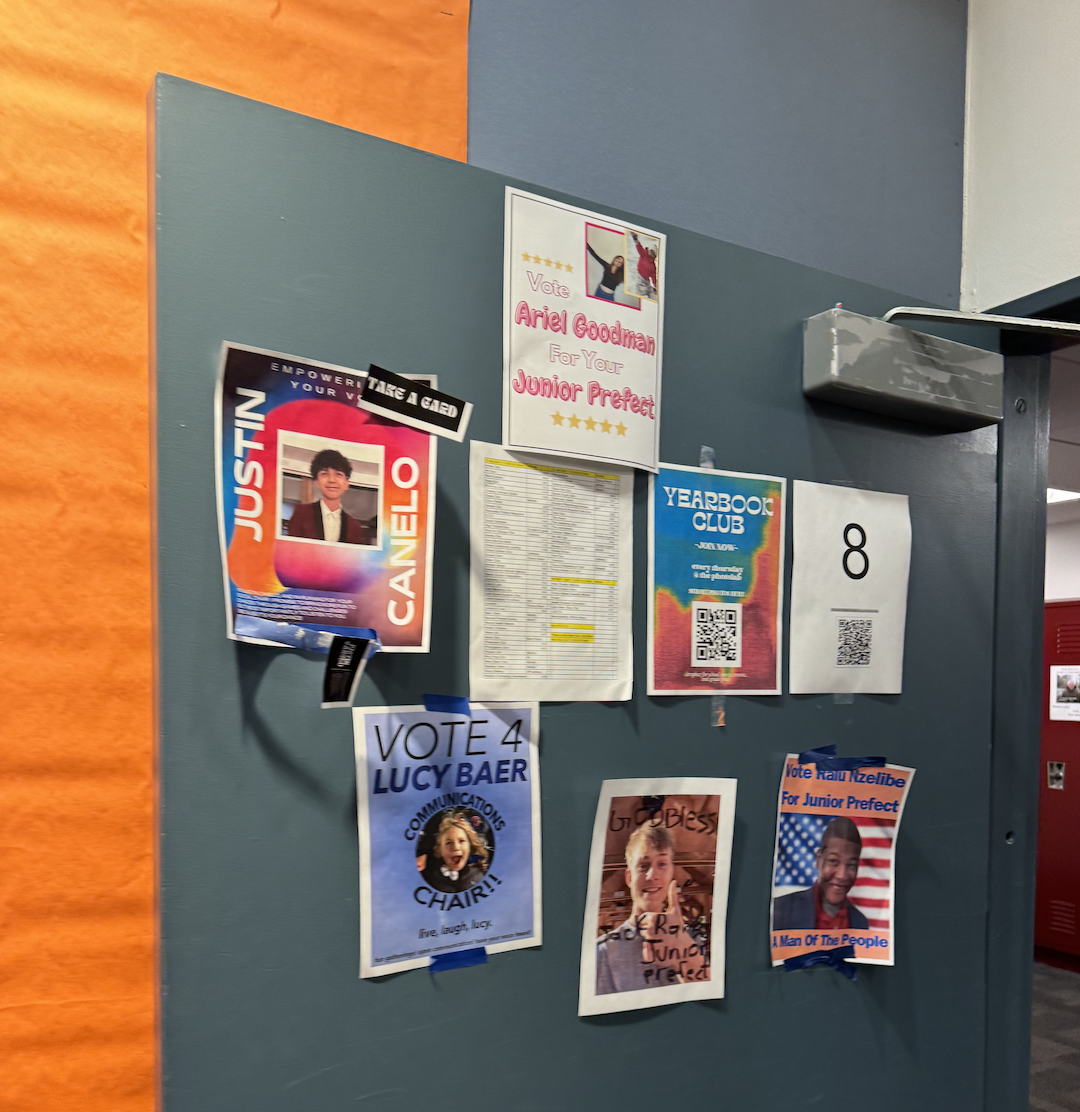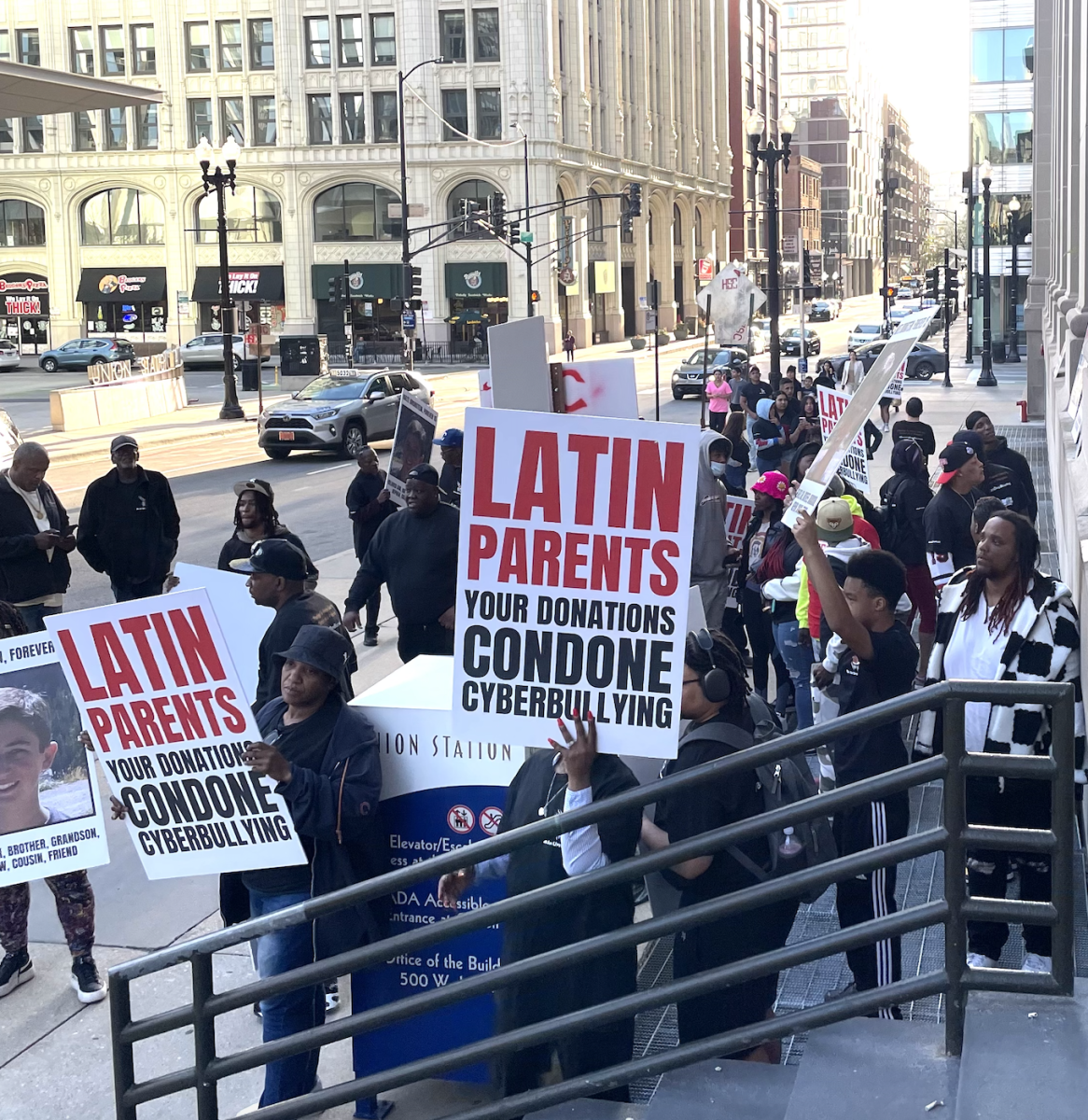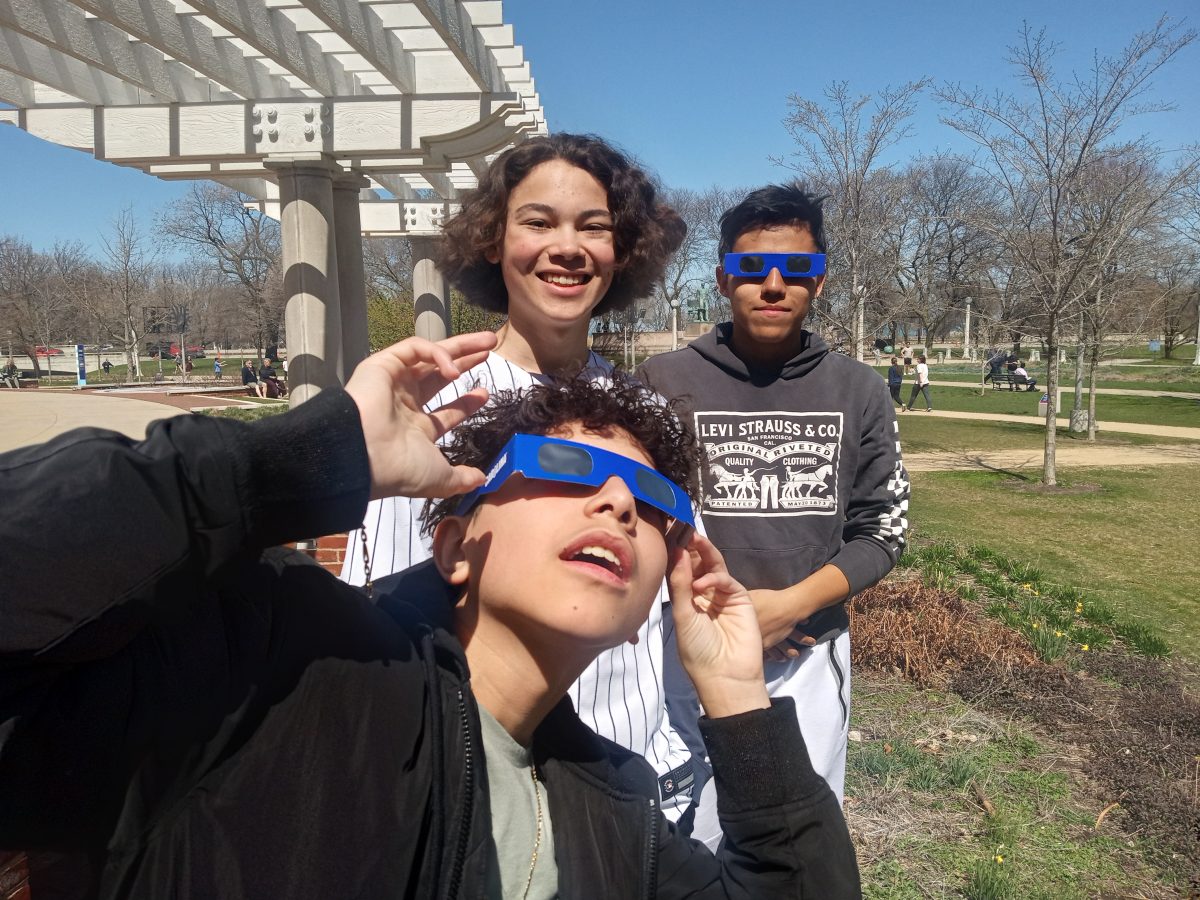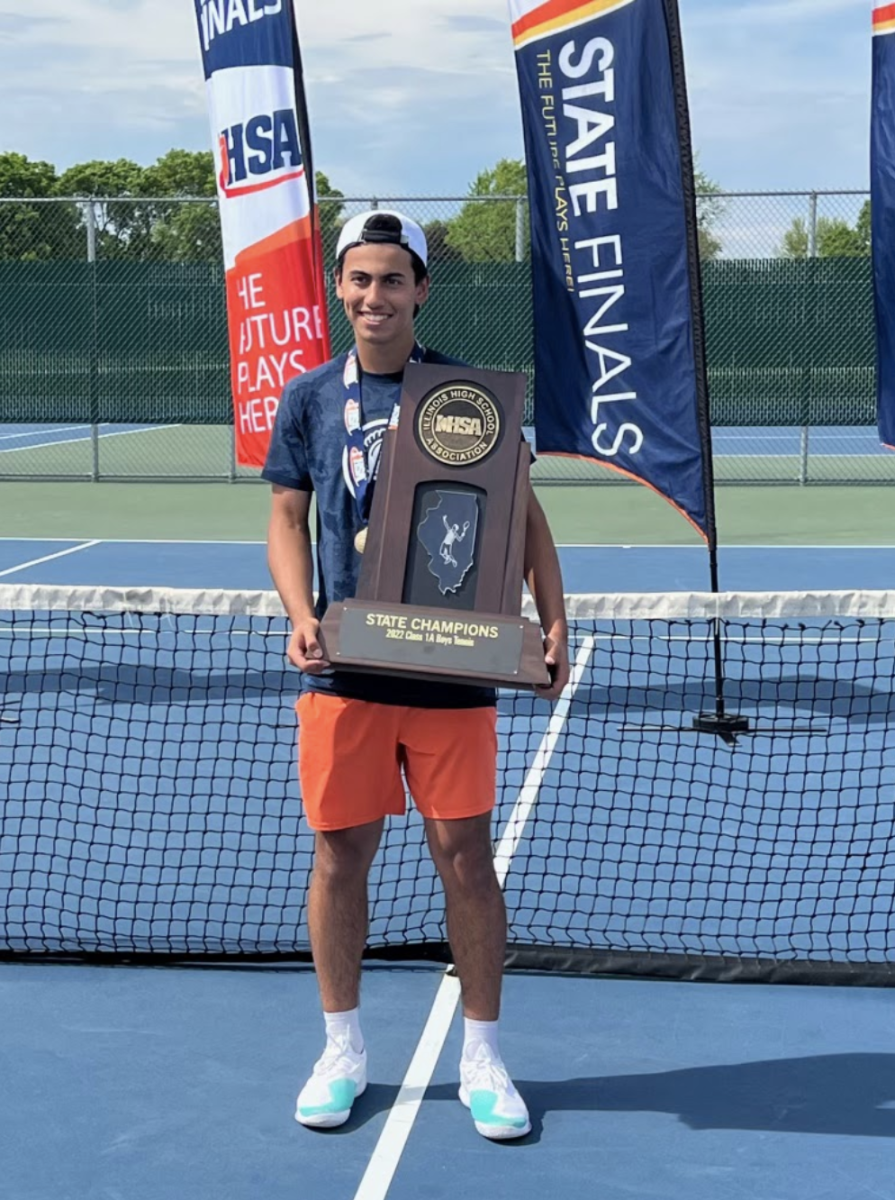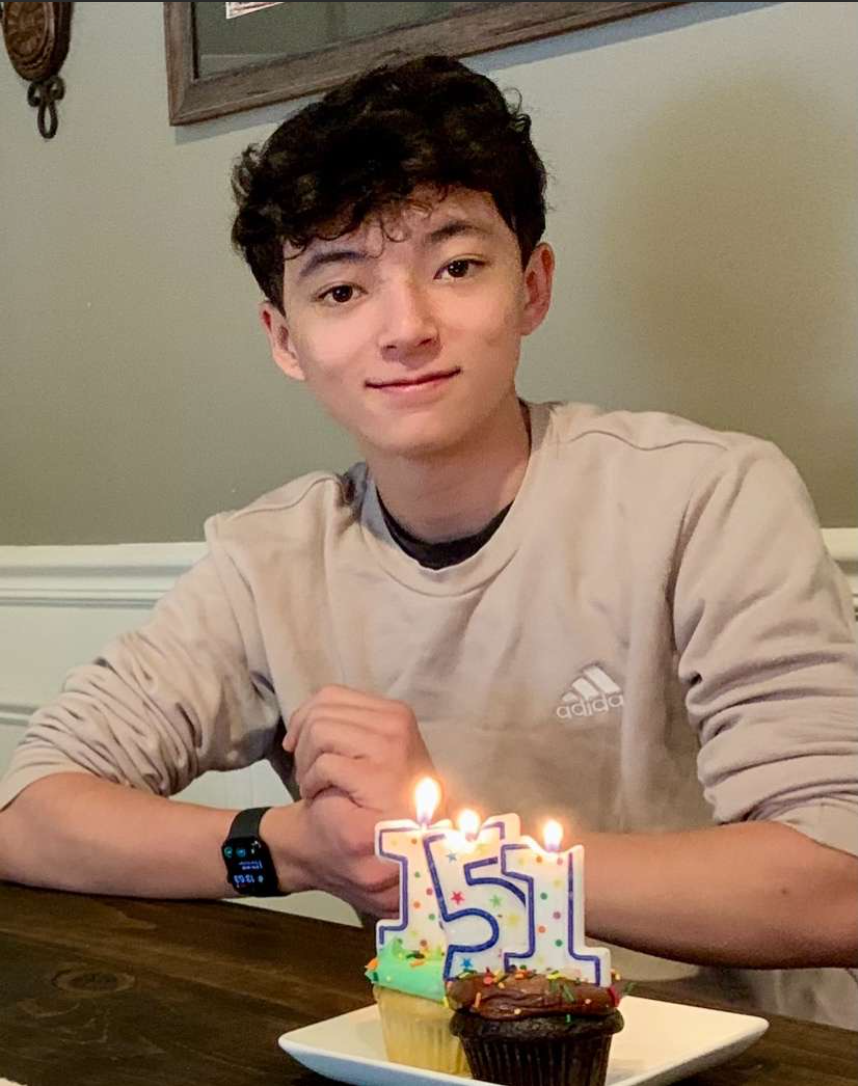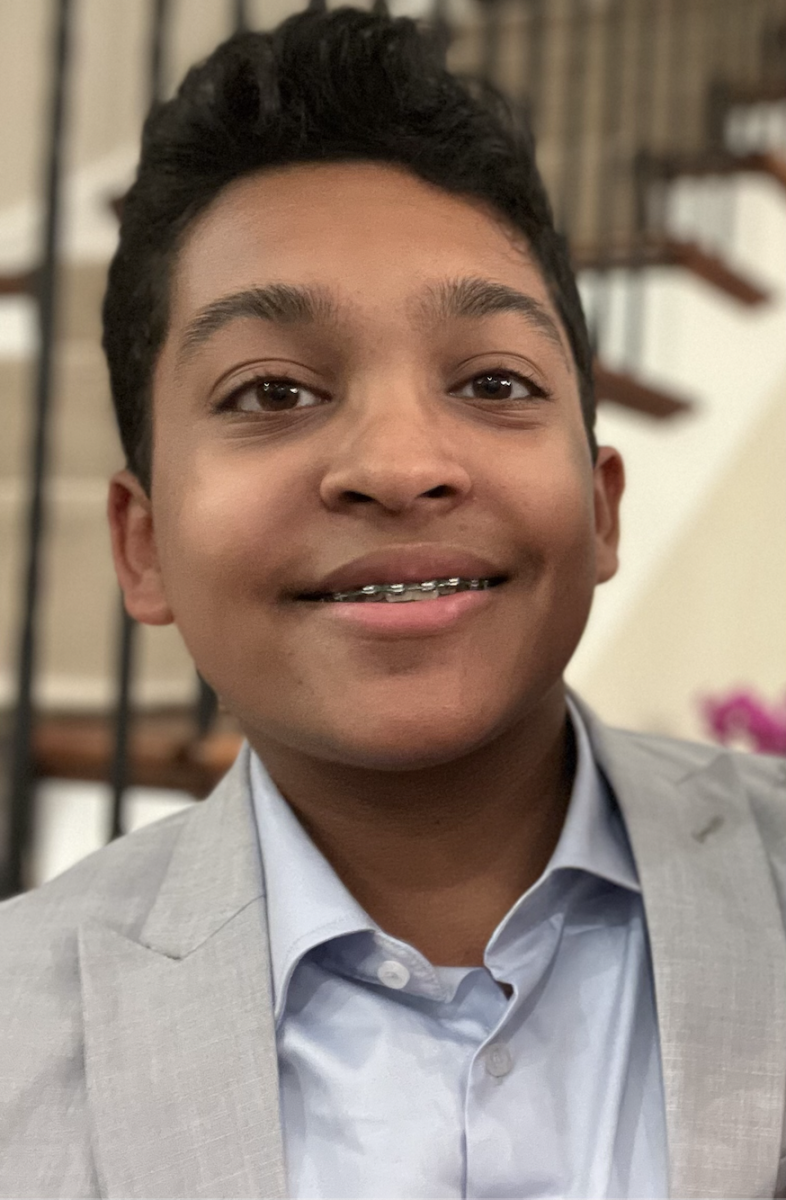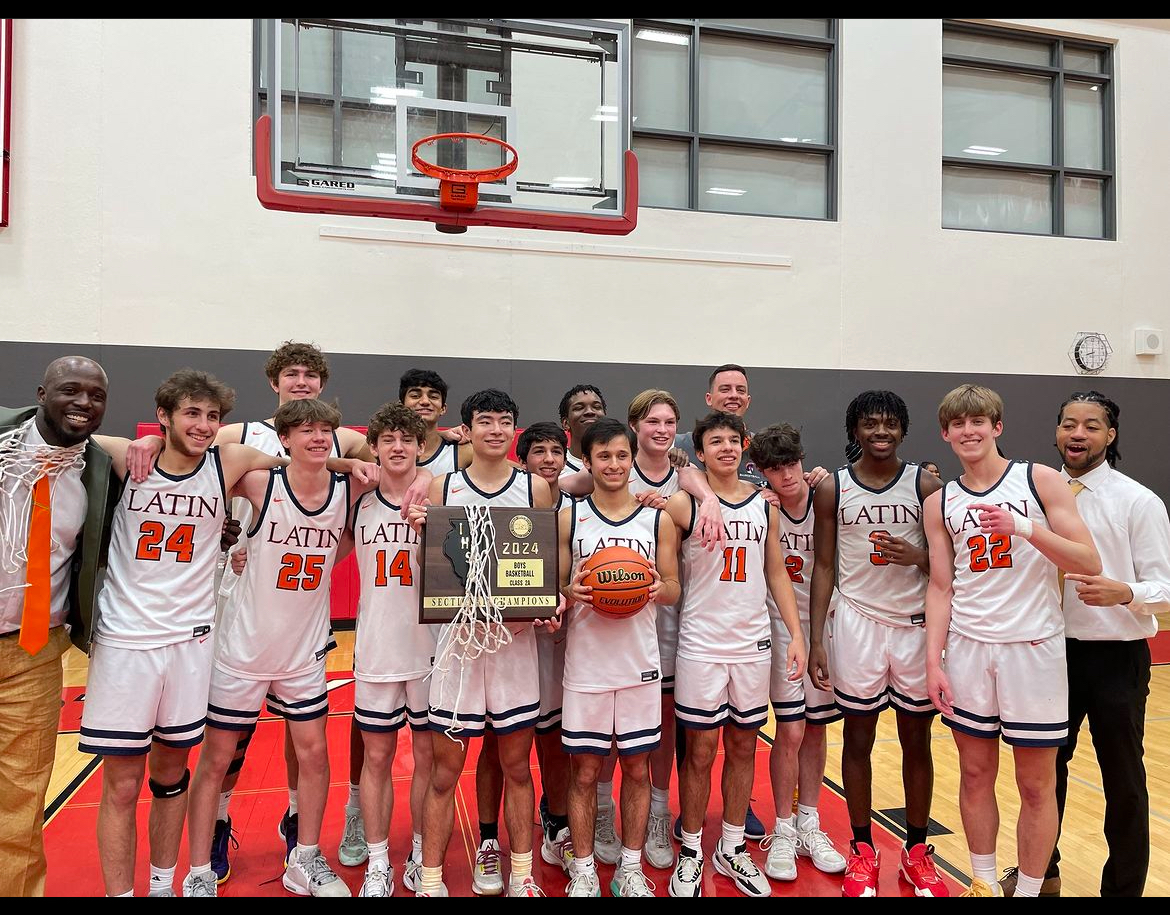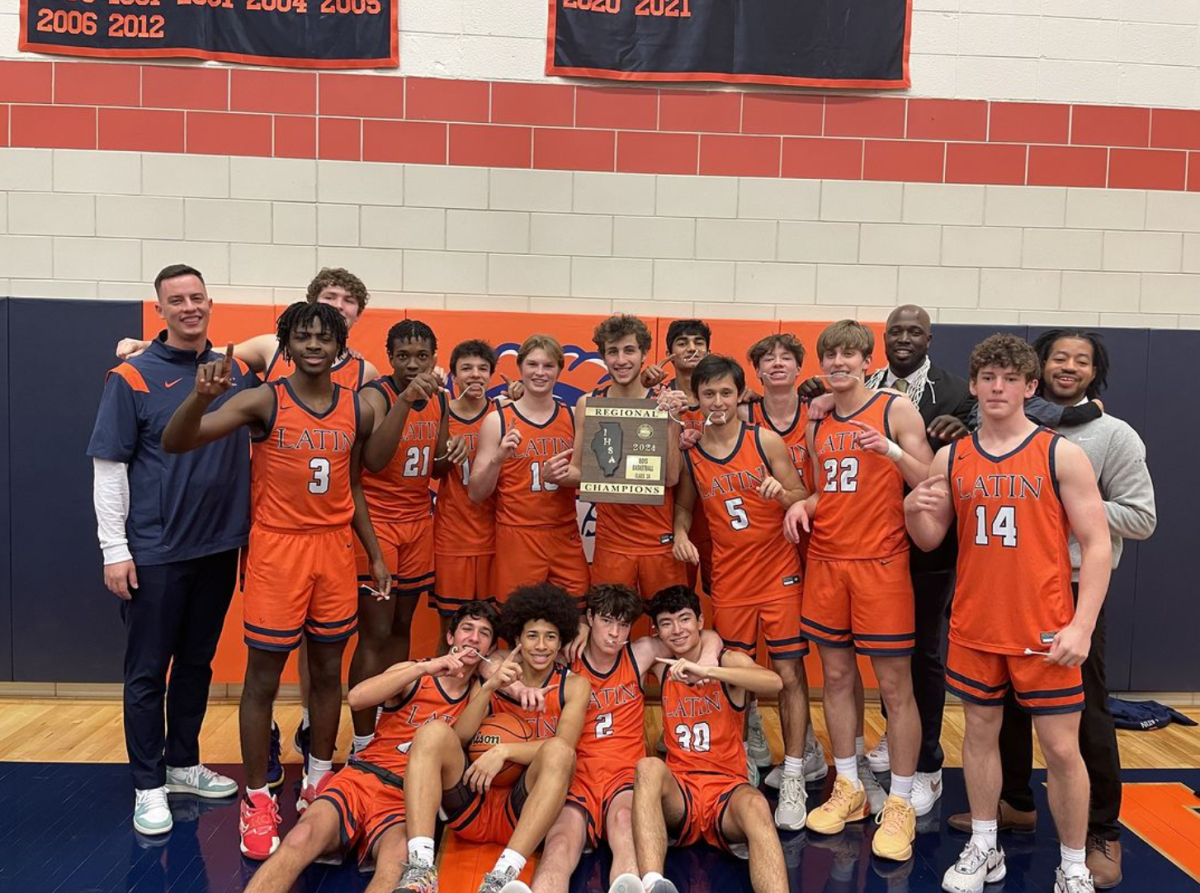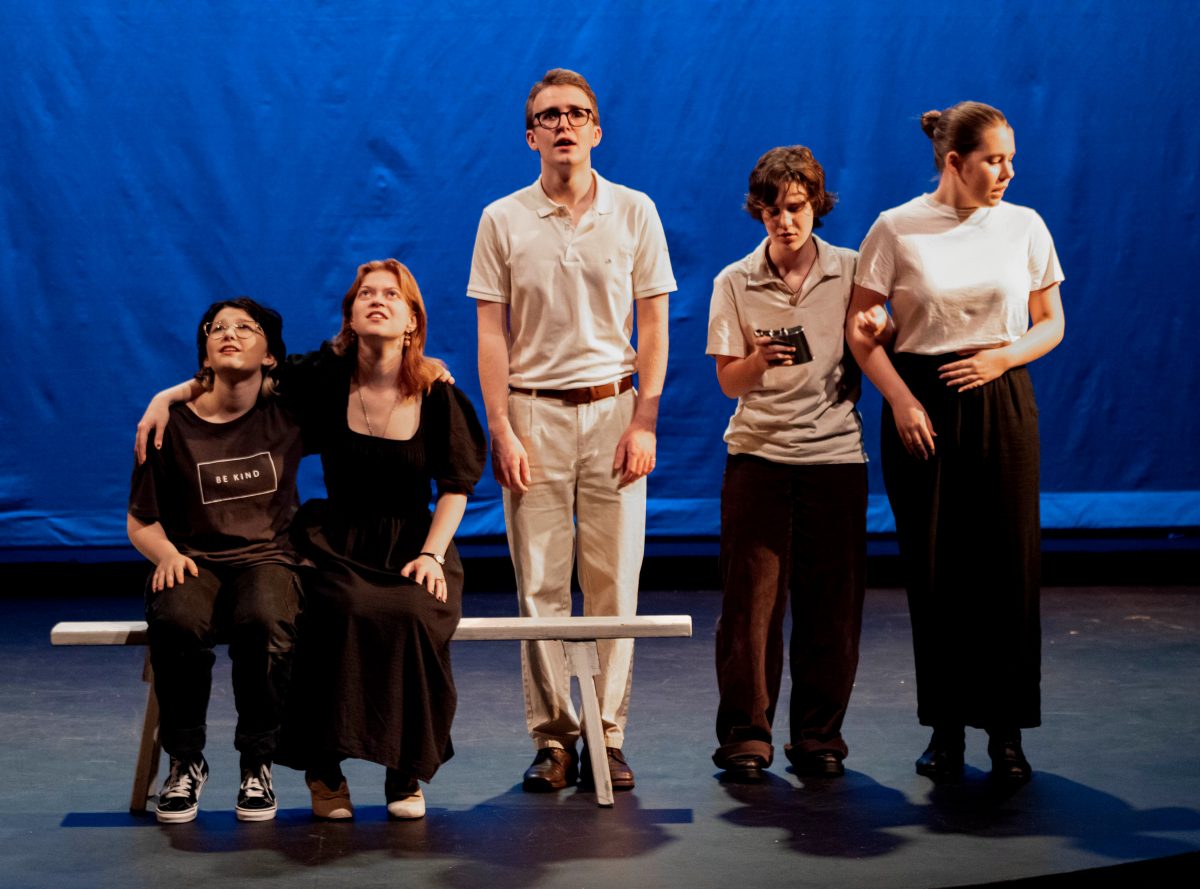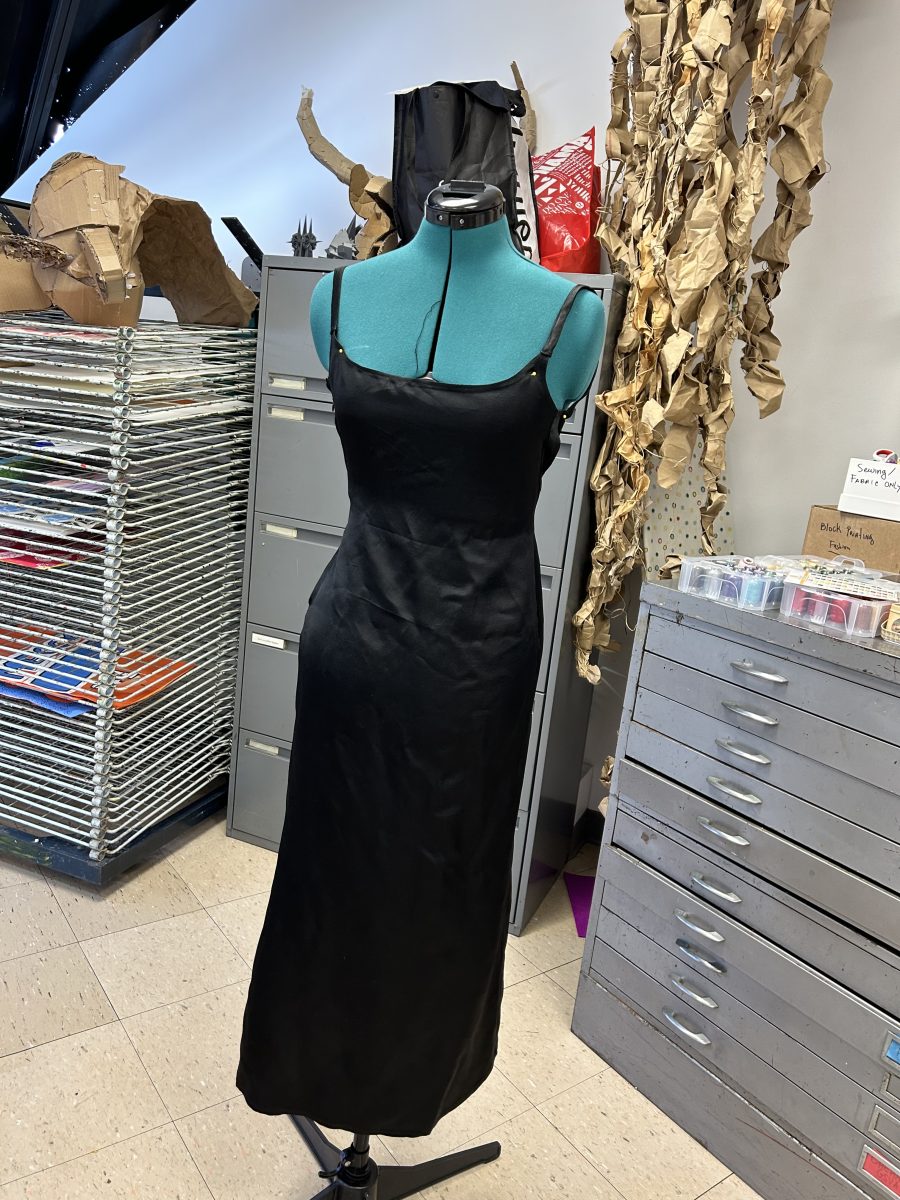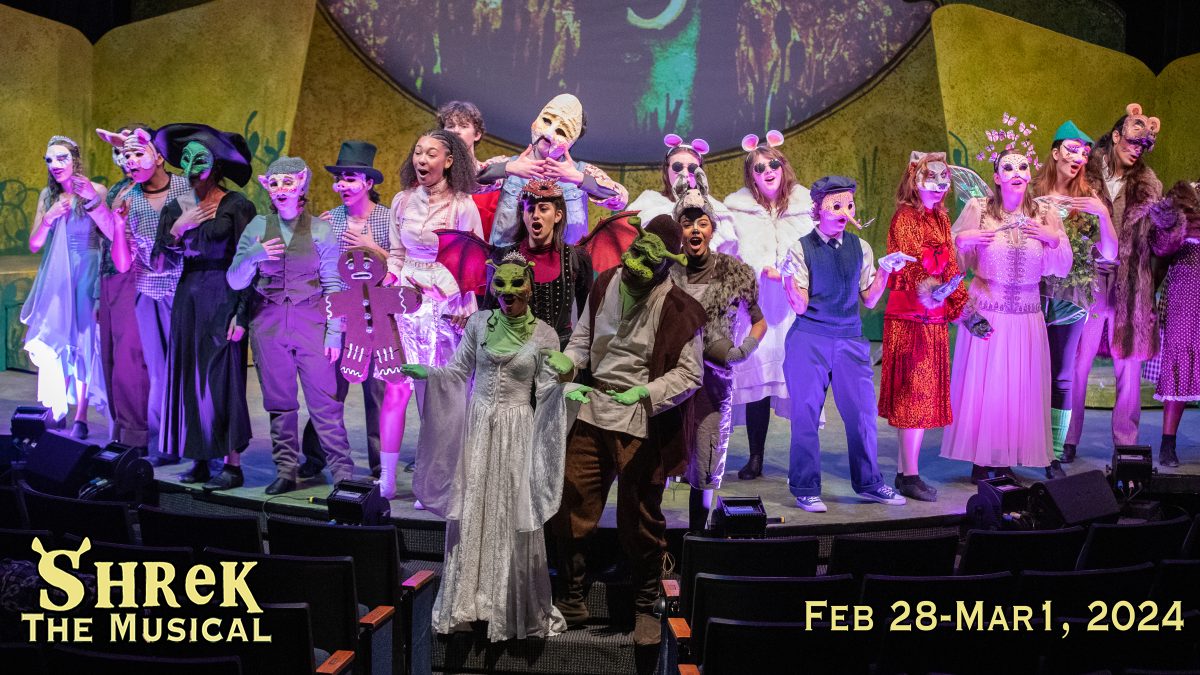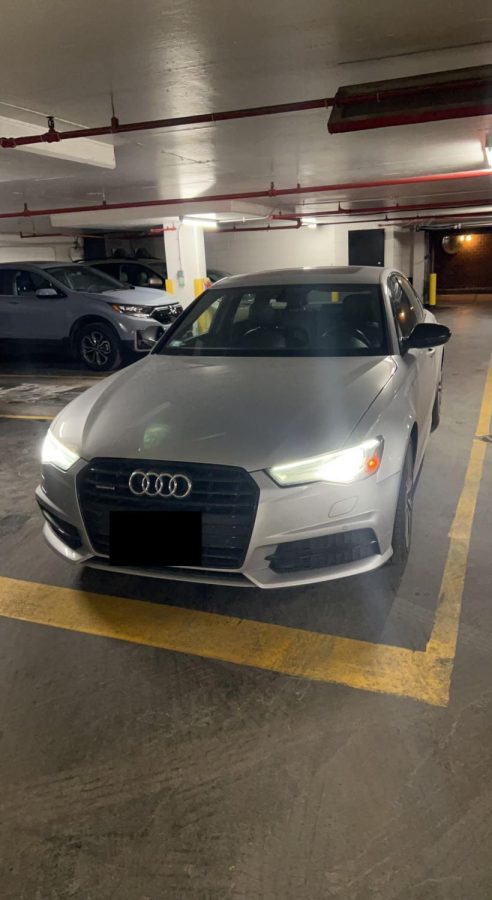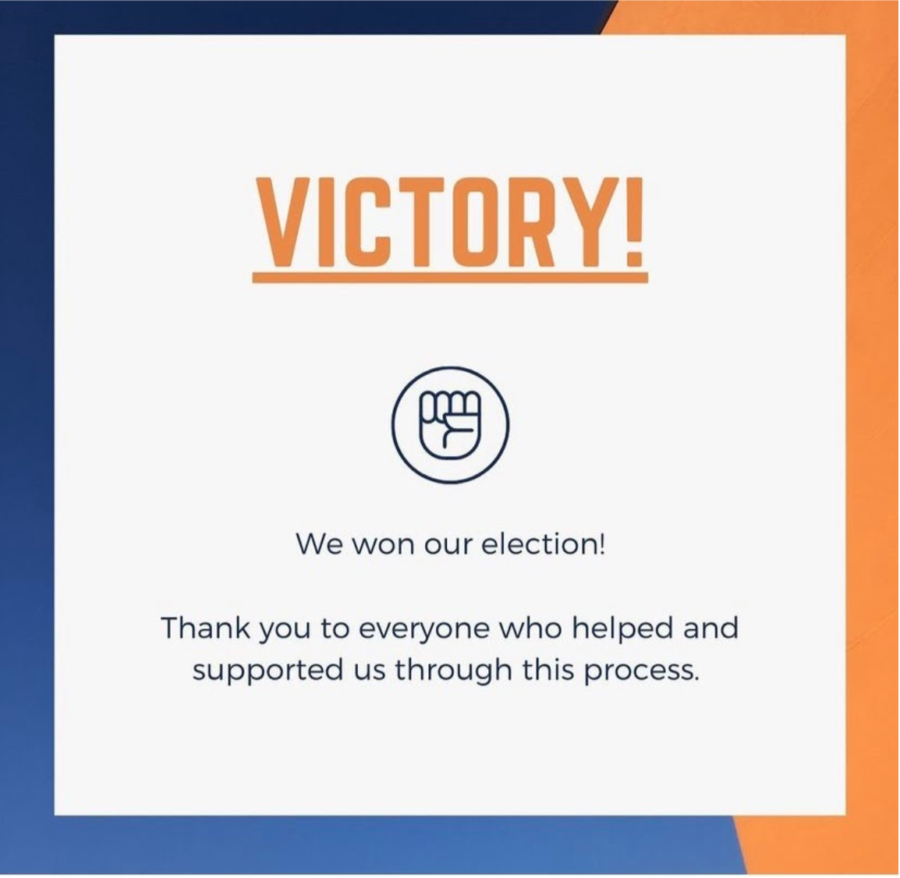Abigail Garber A few weeks ago, my friend Iz returned a book to me that I lent her last fall. It was my mother’s old Nazi Mind book. When she returned the book to me, a book that is no longer a required text for the class, I wondered how the class had changed over time. Since this year’s Trial just recently occurred, I thought it might be an appropriate time to compare Nazi Mind then and now. Nazi Mind is one of the classes that Latin is best known for. Students who take the class study Nazi Germany and the Nuremberg Trials, and then simulate the Trials in early December. About thirty years ago, my mother, Leslie (Brownstein) Garber, took the class when it was taught by Ms. Dorer. To this day, she still talks about how much fun the class was and how great of an experience she had. I sent out a survey to students who are currently taking Nazi Mind, and students who have previously taken the class. In order to best compare Nazi Mind then and now, I asked my mom the same questions that were on the survey. Although my mom does not have the best memory, I was able to get enough information to compare the ways in which the class has changed. In her trial, my mother was the prosecutor for Rudolf Höss, the commandant of Auschwitz (not the same person as Rudolf Hess, Hitler’s right hand man). One change in the class is that not every person is tried every year, for example, Höss has not been tried over the past few years The most obvious difference that I found between Nazi Mind in the 1980’s and today is the way in which people found documents and sources. My mom spent countless hours in the school library finding new sources and looking over the ones she had. She also went to one of the Chicago Public Libraries to find more information for her trial, as the documents she was trying to find were only available at the Public Libraries and the Spertus Institute for Jewish Learning. Today, students have the internet as an additional source. Students are able to simply type their person’s name into Google and find countless resources, however, Google usually yields secondary sources. After getting a general idea of the students’ roles in the Trial, they begin to look at primary sources. Additionally, documents are available for them in paper as well as on the internet, which allows students to have two places for reference. Also, they are given access to a series of primary documents and trial transcripts called red, blue, and green series. These are a real series of documents, not just a list of documents that Mr. Fript provides to his students. Each color signifies what kind of documents these books have; red is original briefs and documents used in the the first round of trials, where the higher ranking Nazi officials were tried; blue is the entire transcript and documents from those trials, every word spoken at the trials is recorded and written in those documents; and green is from the second round of trials; mainly trials of doctors and lower ranking officials. The green series is just the trials where the Americans were the justices trying the Germans. My mom was most likely at the Chicago Public Libraries in order to find these sets, as the school library did not have the documents yet. Additionally, because she was prosecuting Höss, who was not tried in the original trials, she had to find even more primary document sources from his trial that were not in these document series. Similar to the ability to look up documents online, students today are able to type out their papers, notes, and speeches. My mom still kept her main essay from Nazi Mind, and it is a hand-written, ten page essay on three hole punched lined notebook paper. Many students in the survey pointed out that in the 1980’s, the essays would have been written by hand, making the process for the Trial much more tedious. Also, my mom’s class was taught solely by Ms. Dorer, whereas today it is taught by Mr. Fript, and Ms. Dorer assists students when they begin official preparation for the Trial. Ms. Dorer runs the Tribunal. That’s where the justices go for help. This allows the Justices to be separated from the prosecution and defense so they can build their own opinions and perspectives on each of the cases. Another big difference is that the Trial used to be held in Latin, but now it is held in a real courtroom at the Daley Center. This change occurred in the 1989-90 school year. Despite the change in technology, much of the class is still the same. In the survey, many students said that the class requires a lot of reading, revising, and just work in general. My mom also agrees with these students. She distinctly remembers sitting in her room, with legal pads, documents, books, and notes spread out in front of her as she tried to write her essay and prepare for the Trial. On the same note, my mom said that she was most nervous for her trial and presenting in front of the whole class. Many of the students who responded to my survey were most nervous for their speeches, cross examinations, saying the right things at the right time, and also just forgetting everything completely. Overall, even though the class has changed over the years, at its core, it still remains the same. Students and Alumni still talk about how much they loved the class and how much of an impact it made on them. ]]>

